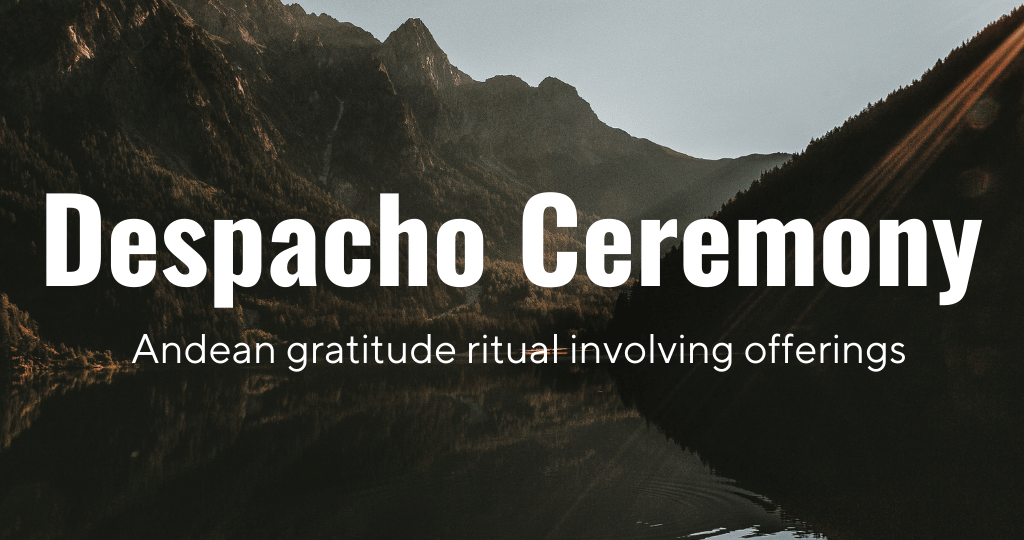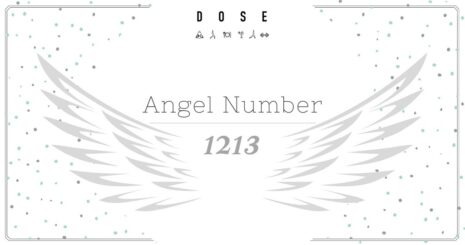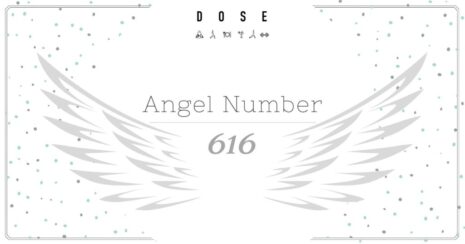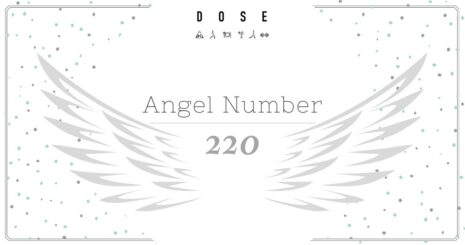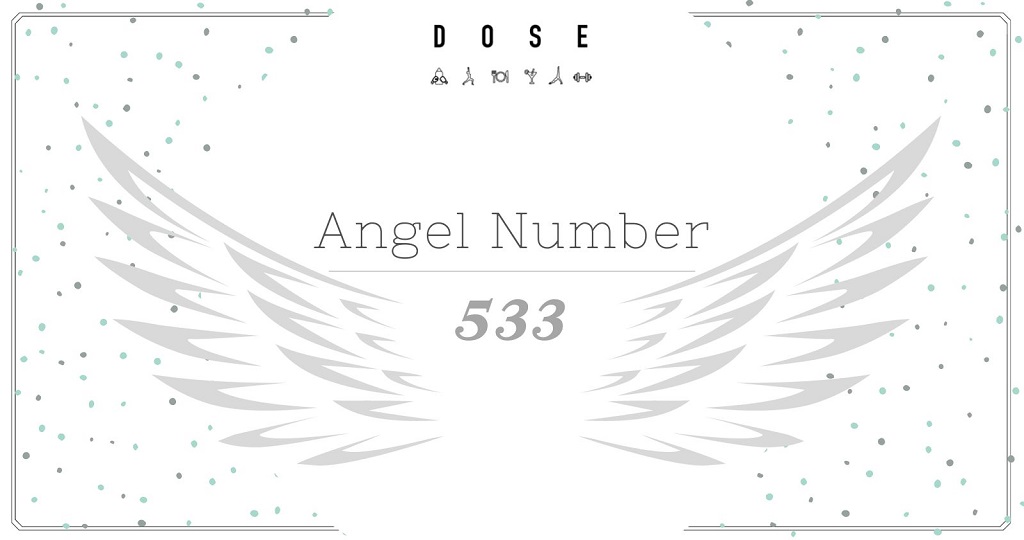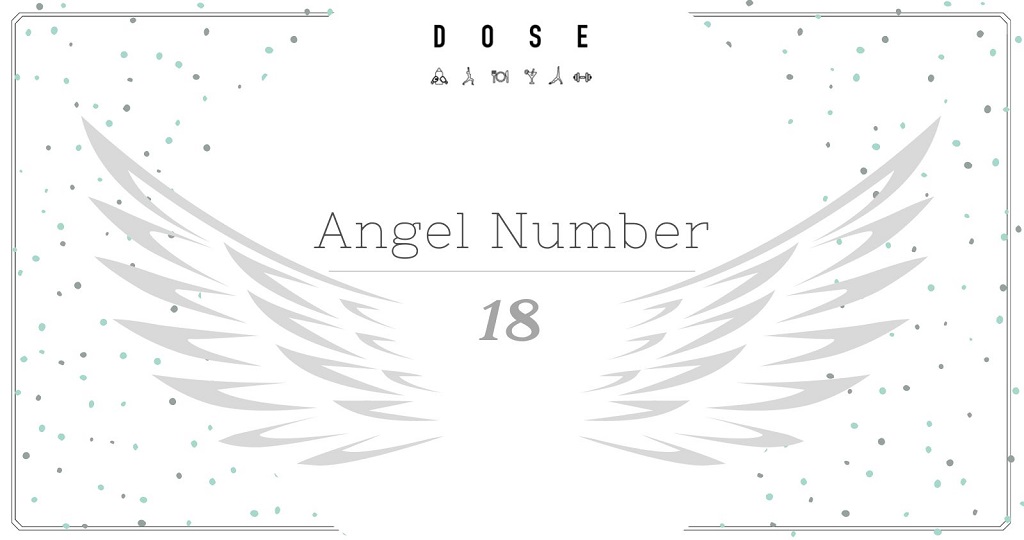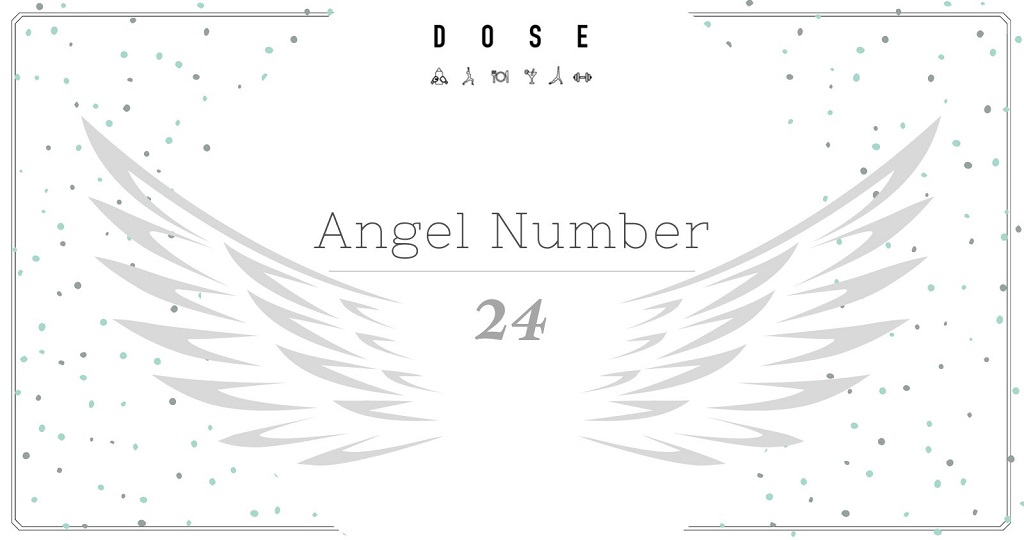Despacho ceremony is a traditional ritual that has been practiced in Peru for centuries. It is a sacred offering that expresses gratitude, healing, and manifestation, and is deeply rooted in Andean cosmology. The ceremony is typically performed by a shaman or spiritual leader, who guides the participants through the intricate process of creating an offering bundle, which is used to honor the spirits and the natural world.
The Origins of Despacho Ceremony
The Despacho ceremony has ancient Incan roots and has been practiced by the indigenous people of Peru for centuries. The word “despacho” comes from the Spanish word “despachar,” which means “to dispatch,” “to send,” or “to offer.” In the Andean region, the ceremony is still practiced to this day, and is seen as a way to maintain a connection with the spiritual realm and the natural world.
Ancient Incan Roots

The Despacho ceremony has been practiced by the Incan people since pre-Columbian times. During the time of the Incas, the ceremony was performed by the shamans or “paqos,” who were respected members of the community and had the ability to communicate with the spirits. They would create offerings to the spirits using various natural materials, such as coca leaves, flowers, and maize.
The Despacho ceremony was an important part of Incan culture, and was often performed during important events, such as births, marriages, and harvests. The offerings made during the ceremony were meant to appease the spirits and ensure the success of these events.
Connection to Andean Cosmology
The Despacho ceremony is deeply connected to Andean cosmology and is seen as a way to maintain a balance and harmony between the spiritual realm and the natural world. In Andean cosmology, the universe is seen as a living entity, and everything in it has a spirit and a purpose. The Despacho ceremony is a way to honor this interconnectedness and offer thanks to the spirits for their continued support and guidance.
The ceremony is typically performed by a shaman or spiritual leader, who creates the offering using a variety of natural materials, such as flowers, herbs, and grains. The offering is then arranged in a specific pattern, which represents the different elements of the universe, such as the sun, moon, stars, and earth.
During the ceremony, the shaman or spiritual leader will offer prayers and blessings to the spirits, asking for their guidance and support. The offering is then burned or buried, depending on the specific traditions of the community.
The Despacho ceremony is not only a way to connect with the spiritual realm, but also a way to connect with the natural world. The use of natural materials in the offering is meant to symbolize the interconnectedness of all living things and the importance of respecting and honoring the earth.
Today, the Despacho ceremony is still practiced in many Andean communities, and is seen as an important part of their cultural heritage. It is a way to maintain a connection with their ancestors and the natural world, and to honor the spirits that have guided them for centuries.
The Purpose and Intentions of Despacho Ceremonies
The Despacho ceremony is a sacred ritual that has been performed by indigenous communities in South America for centuries. It is a way to connect with the natural world and the spirits that inhabit it. The ceremony serves several purposes, including expressing gratitude and honor, healing and cleansing, and manifestation.
Gratitude and Offerings
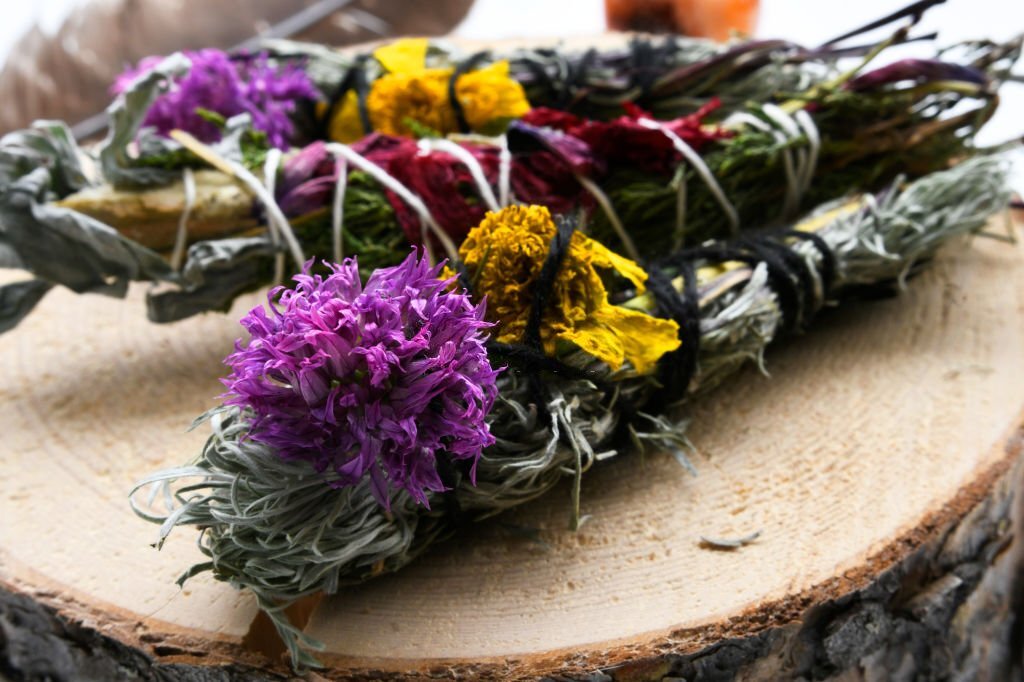
The Despacho ceremony is primarily a way to express gratitude and offer thanks to the spirits for their continued support and guidance. The offerings made during the ceremony are chosen based on their symbolic significance and are used to represent different aspects of the natural world. For example, coca leaves are used to represent the Andes Mountains, while flowers are used to represent the beauty of nature. The offerings are carefully arranged in a bundle, which is then blessed by the shaman or spiritual leader.
During the ceremony, participants offer their gratitude and thanks to the spirits. They may also ask for blessings and guidance in their lives. The shaman or spiritual leader will then offer the bundle to the spirits, asking for their continued support and protection.
Healing and Cleansing
The Despacho ceremony is also used for healing and cleansing.
- The ceremony is believed to have a purifying effect on the participants, as well as the environment in which it is performed.
- The shaman or spiritual leader uses various chants and prayers to call on the spirits and ask for their healing and cleansing powers.
- Participants may also offer their own intentions for healing and cleansing during the ceremony.
- These intentions may be related to physical, emotional, or spiritual healing.
- The shaman or spiritual leader will include these intentions in the ceremony and ask the spirits for their assistance in bringing about healing and cleansing.
Manifesting Desires
The Despacho ceremony can also be used for manifestation. Participants can offer intentions or desires during the ceremony, which are believed to be amplified by the power of the offering bundle. The shaman or spiritual leader will include these intentions in the ceremony and use them to petition the spirits for guidance and support.
Manifestation intentions may be related to personal or collective goals. For example, participants may offer intentions for abundance, love, or success in their careers. The shaman or spiritual leader will ask the spirits to help manifest these intentions, using the power of the offering bundle.
In conclusion, the Despacho ceremony is a powerful ritual that serves multiple purposes. It is a way to express gratitude and honor, to heal and cleanse, and to manifest desires. Through this ceremony, participants can connect with the natural world and the spirits that inhabit it, and receive their guidance and support.
Key Elements of a Despacho Ceremony
The Despacho ceremony has several key elements that are essential to its success. These include the altar and sacred space, offerings and symbolism, and participants and roles.
The Altar and Sacred Space
The altar and sacred space are central to the Despacho ceremony. The altar is typically set up using a cloth or mat, and is adorned with various natural materials, such as flowers, leaves, and stones. The sacred space is a designated area where the ceremony is performed and is believed to be a portal between the spiritual and physical realms.
Offerings and Symbolism
The offerings and symbolism used in the Despacho ceremony are carefully chosen based on their symbolic significance. Offerings can include various natural materials, such as leaves, flowers, and herbs. These offerings are used to represent different aspects of the natural world, such as the mountains, rivers, and animals.
Participants and Roles
The Despacho ceremony is typically performed by a shaman or spiritual leader, who guides the participants through the ceremony. The participants are typically responsible for bringing offerings and creating the offering bundle. Each participant has a specific role to play in the ceremony, and the shaman or spiritual leader will provide guidance and direction throughout the process.
The Process of a Despacho Ceremony
The Despacho ceremony is a complex and intricate process that requires careful preparation and attention to detail. The ceremony is typically performed in several stages, including preparing the space and materials, assembling the Despacho bundle, and closing the ceremony and disposing of the bundle.
Preparing the Space and Materials
Before the ceremony can begin, the space and materials must be prepared.
- This involves setting up the altar and sacred space, selecting the offerings and symbolism to be used in the ceremony, and creating the offering bundle.
- The shaman or spiritual leader will guide the participants through this process, and provide instructions on how to create the offering bundle.
Assembling the Despacho Bundle
The Despacho bundle is the centerpiece of the ceremony and is created using various natural materials, such as flowers, leaves, and herbs. The participants will take turns adding their offerings to the bundle, and the shaman or spiritual leader will use various chants and prayers to call on the spirits and ask for their blessings.
Closing the Ceremony and Disposing of the Bundle
Once the Despacho bundle has been created, the ceremony is brought to a close. The shaman or spiritual leader will typically offer a closing prayer, and the participants will take turns disposing of the bundle. This can involve burying it in the earth, offering it to a nearby body of water, or burning it. The disposal method will depend on the intention and purpose of the ceremony.
Conclusion
The Despacho ceremony is a sacred offering that expresses gratitude, healing, and manifestation. Its roots can be traced back to ancient Incan traditions, and it is deeply connected to Andean cosmology. The ceremony is typically performed by a shaman or spiritual leader, who guides the participants through the intricate process of creating an offering bundle. Key elements of the ceremony include the altar and sacred space, offerings and symbolism, and participants and roles. The Despacho ceremony is a powerful way to honor the spirits and the natural world, and offers a unique opportunity for transformation and healing.
